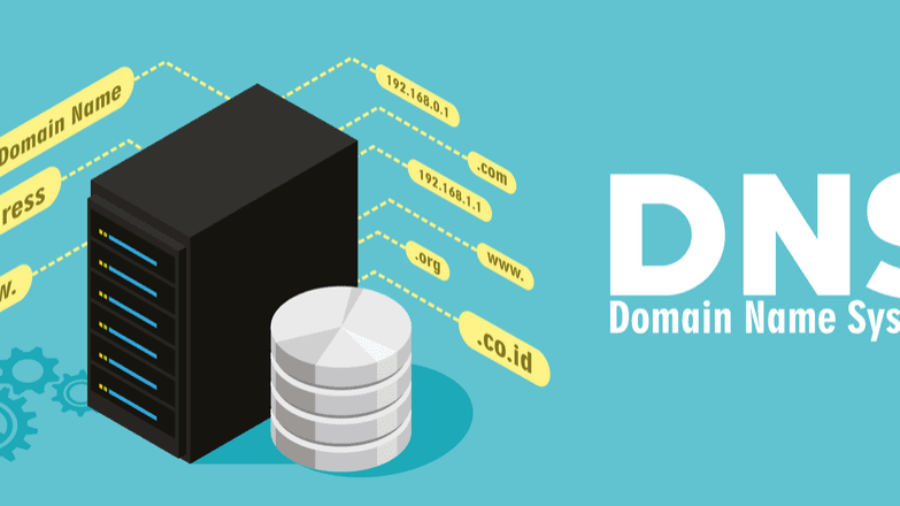Digital marketing has transformed radically—from static websites to intelligent, personalized experiences. Let’s dive into each era in depth!
Web 1.0: The Read‑Only Era (1990s)
Static content: Websites were “brochures” online—primarily text and images, with no interactivity.
Early marketing tactics: Banner ads, pop-up ads, manual email blasts, SEO basics (keywords, meta tags).
User role: Passive consumers. No comments, no social features—just browsing.
📌 Key takeaway
This era was about establishing a digital presence and catching attention with limited tools.
Web 2.0: Interactive & Participatory (2000s)
User-generated content: Blogs, forums, social media, comments, and wikis emerged.
Rich media: AJAX-powered apps, videos, infographics, and interactive maps became mainstream.
Marketing tactics:
Social media strategies (Facebook, Twitter, YouTube)
Content marketing (blogs, viral videos)
PPC ads (Google AdWords launched in 2000)
Social engagement and community building
Analytics bloom: Brands began measuring campaigns, traffic, and conversions.
📌 Key takeaway: Marketing became a two-way conversation, focused on engagement and measurable impact.
Web 3.0 & the Data‑Driven Era (2010s)
Mobile dominance: Rise of smartphones propelled responsive sites, mobile apps, and SMS campaigns.
Big data emergence: Sophisticated analytics, user segmentation, programmatic ads.
Automation & personalization:
Marketing automation platforms
Email workflows and retargeting ads
New content forms: Interactive quizzes, AR filters, webinars, and more.
📌 Key takeaway: Brands embraced data-driven personalization, reaching consumers with tailored content and seamless mobile experiences.
AI Era: Intelligent & Personalized (2020s+)
AI tools: Chatbots, recommendation engines, predictive analytics, image & text generation.
Hyper‑personalization: Tailored content and ads for each user in real-time—think Amazon, Netflix, Spotify.
Conversational marketing: 24/7 chatbots and virtual assistants on websites and social media.
Emerging channels: Voice search (Siri, Alexa), AR/VR experiences, and social-commerce integration.
Ethics & privacy: With great power comes responsibility—GDPR, consent marketing, and transparent data policies.
📌 Key takeaway: AI-driven marketing meets users where they are—online, personal, and conversational—while navigating ethical data use.
Summary of Each Era
| Era | Characteristics | Marketing Style |
|---|---|---|
| Web 1.0 | Static pages, limited interaction | Banner ads, email blasts, SEO basics |
| Web 2.0 | Interactive, social, user-generated | Content marketing, social engagement, PPC |
| Web 3.0 | Mobile-first, data-rich, programmatic | Automation, segmentation, analytics |
| AI Era | Intelligent, personalized, conversational | Chatbots, predictive analytics, AR/VR |
Why This Matters for Marketers Today
Adaptability: Each wave demands new tools, tactics, roles, and skillsets.
Tech + empathy: Innovative tech must still respect user privacy and build trust.
Future-ready: Keep exploring AI, voice, AR/VR—and prepare for what comes next!







